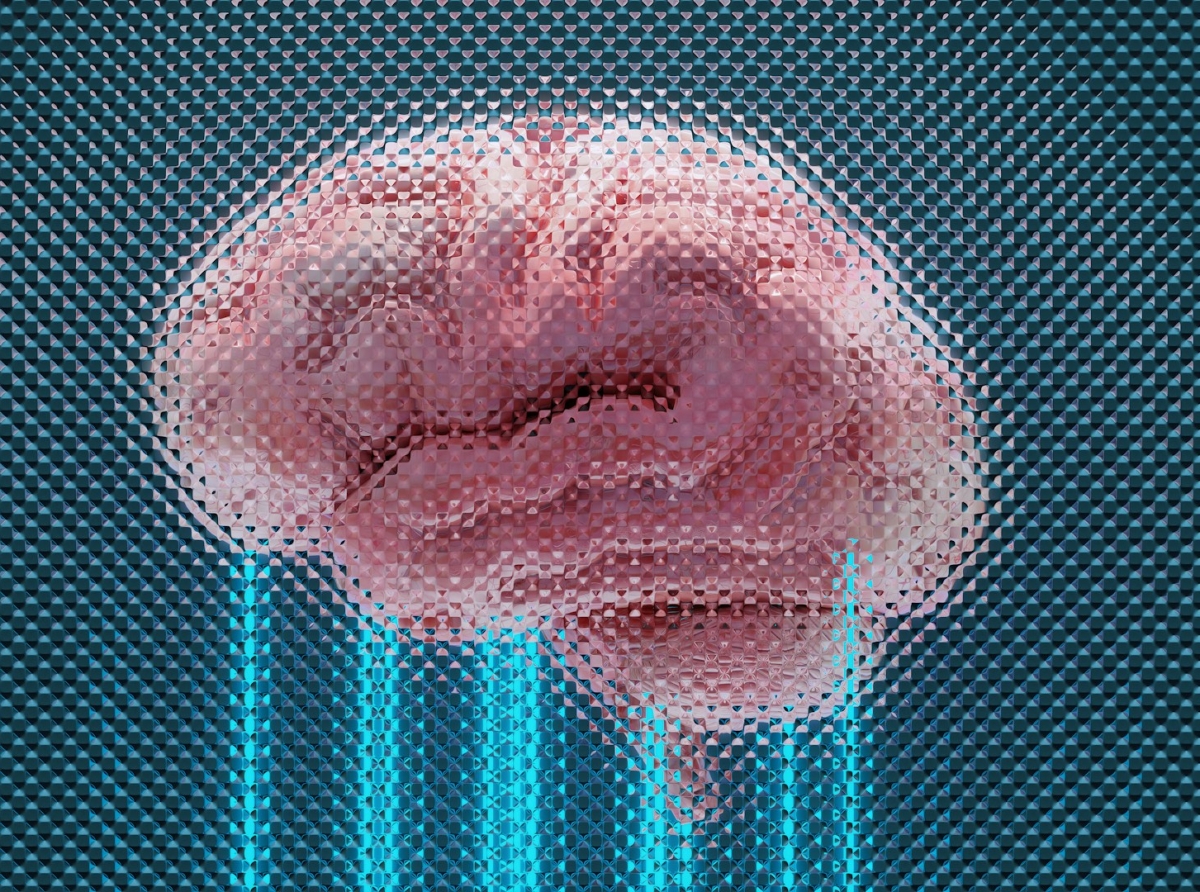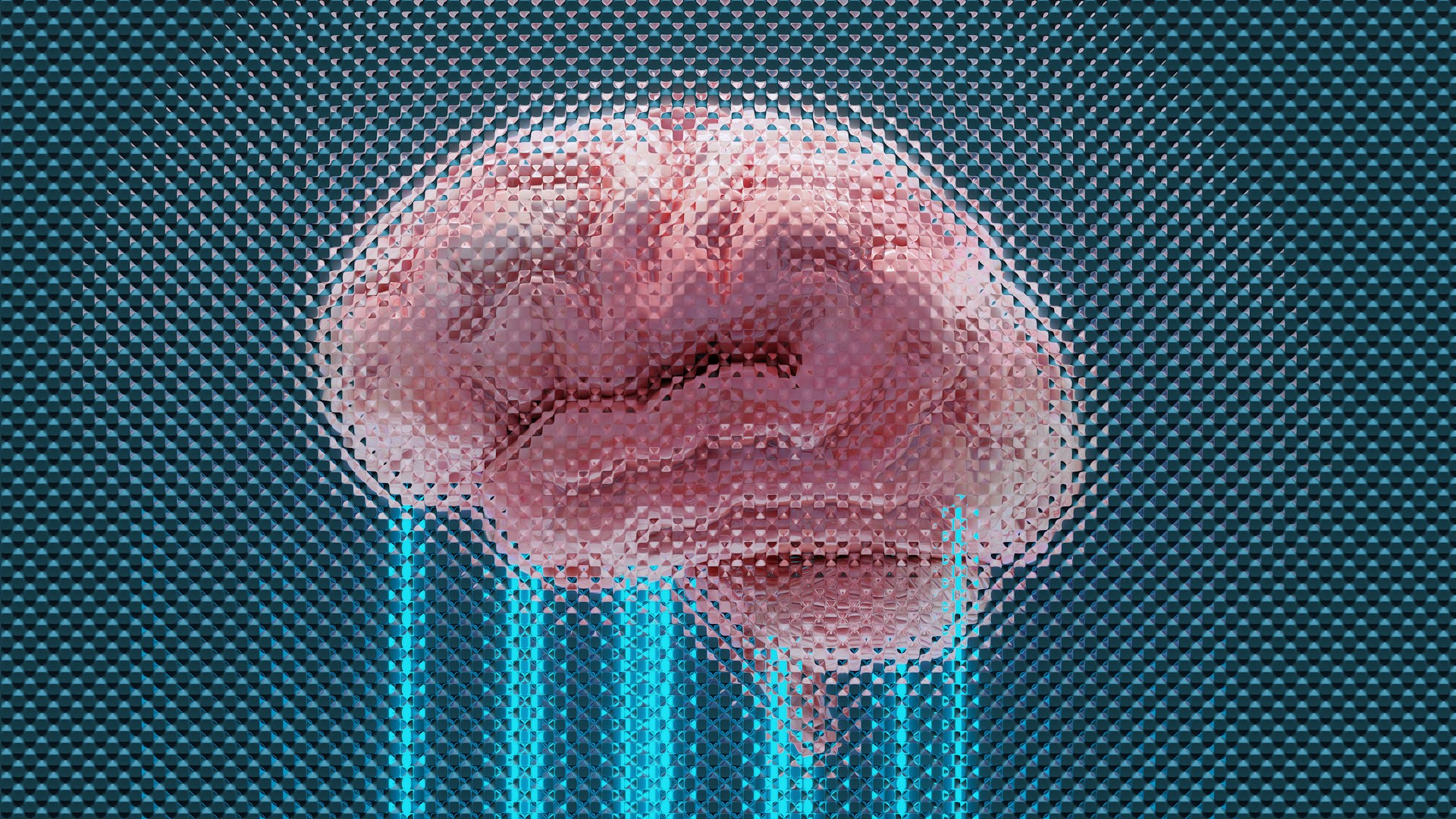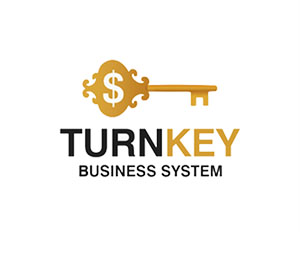Your Brain on Charts: How Cognitive Bias Affects Your Trades

Your Brain on Charts: How Cognitive Bias Affects Your Trades
Why Smart Traders Still Make Dumb Decisions
Ever stared at a chart and knew it was going to break out—only for it to collapse?Welcome to the world of cognitive bias, where even experienced traders fall into mental traps.
In trading, the greatest threat often isn’t the market—it’s your mind.
This article explores how common cognitive distortions affect forex and crypto traders, and how to spot and neutralize them before they cost you money.
What Is Cognitive Bias and Why Should Traders Care?
Cognitive bias refers to systematic errors in thinking that affect judgment and decision-making. In trading, these biases can lead to:- Misinterpreting data
- Overconfidence in setups
- Emotional overreactions
- Inconsistent risk decisions
The result? Poor execution and, ultimately, avoidable losses.

Your Brain on Charts: How Cognitive Bias Affects Your Trades
Cognitive Biases That Sabotage Your Trades
1. Confirmation Bias
You see a bullish pattern—and ignore all bearish signals.
You search for news that supports your trade, instead of weighing all available evidence.
Solution: Write down why not to enter a trade. Force a balanced view.
2. Overconfidence Bias
Past winners make you feel invincible. You increase your position size, ignore your stop-loss… and boom.
Solution: Use fixed rules. Track drawdowns. Let results humble you.
3. Loss Aversion
You hold onto a losing trade because closing it would “make it real.”
Ironically, this often leads to even bigger losses.
Solution: Accept small losses as part of your edge. Let your stop-loss be your ally, not your enemy.
4. Recency Bias
You’ve had two great trades. You assume the third will be just as easy. Or—after two losses, you’re afraid to act, even when the setup is valid.
Solution: Treat every trade as an independent event. Your last win or loss doesn’t affect probability.
5. The Dunning-Kruger Effect
New traders often don’t know how much they don’t know. They believe simple strategies = simple profits.
Solution: Stay a student. Revisit your strategy monthly. Seek outside feedback or mentors.
How to Build Cognitive Discipline in Trading
- Keep a trading journal — not just numbers, but thoughts and emotions
- Practice with demo accounts — test setups without bias from money
- Use checklists before each trade
- Limit discretionary trades — if the system doesn’t confirm, don’t enter
- Decompress regularly — tired minds make emotional decisions
- Even experienced traders use mental hygiene techniques to protect their edge.
Professional Tools to Reduce Bias
Automated strategies — remove discretionary guessworkBacktesting software — confirms strategy validity, not emotional hunches
Account analytics platforms — reveal patterns in your behavior
Forex signal providers — can reinforce discipline, but should never replace your own strategy
Master the Chart, Master Yourself
Success in forex, crypto, or any speculative market doesn’t come from predicting the future. It comes from controlling your behavior.Your brain isn’t designed for trading. It’s designed for survival. But with awareness and structure, you can overcome built-in biases and trade with clarity.
Because in the end, the chart isn’t lying—your perception of it might be.
Want to eliminate bias and boost trading precision?
Learn how to trade with discipline at fx24news.com
By Jake Sullivan
July 22, 2025









Report
My comments